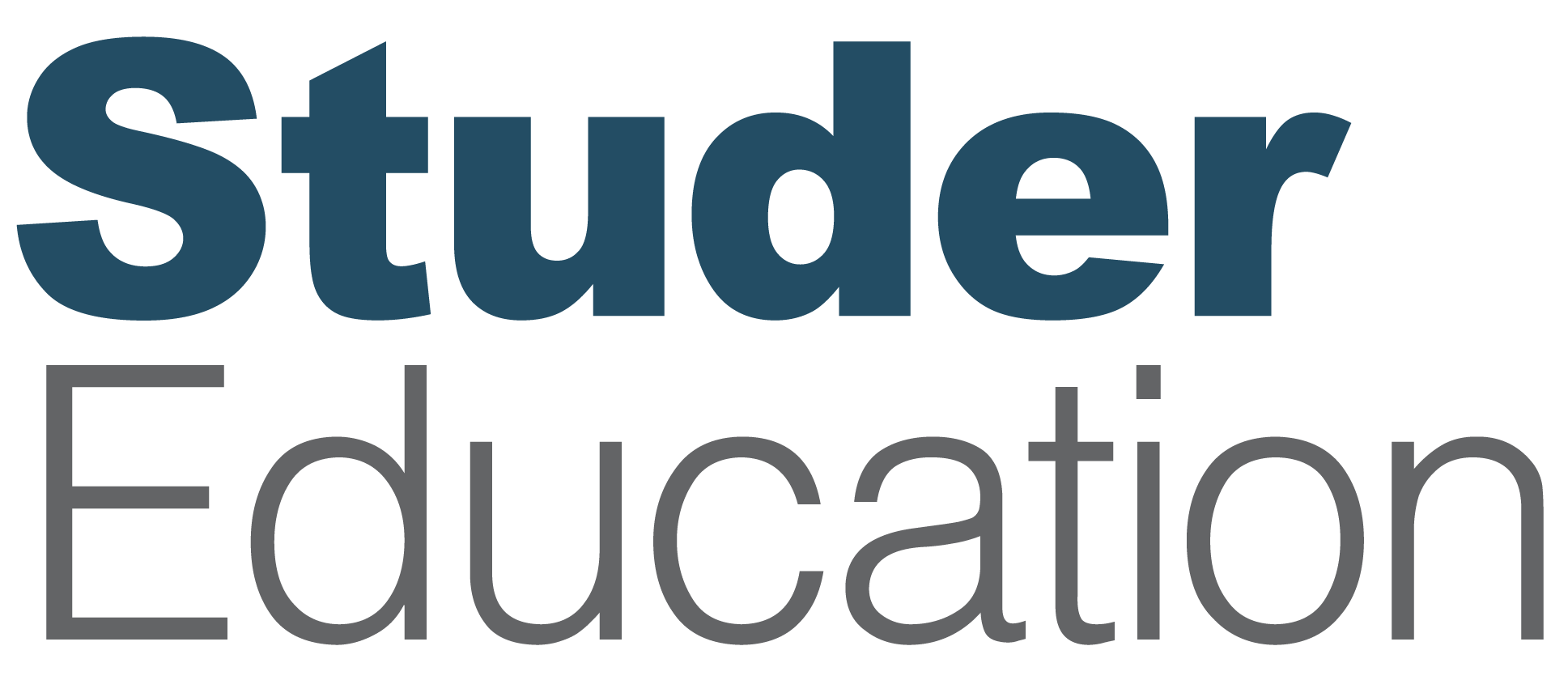
October burnout is real, and the first 90 days are critical for new hires. Don’t leave retention to chance. In this second rapid-fire episode, Dr. Janet Pilcher shares three intentional executive actions to help leaders secure their best people and create a culture where staff want to stay.
Latest Episodes
[Intro music plays in the background.]
Janet Pilcher: Hello everyone, welcome to the Accelerate Your Performance podcast. I’m your host, Dr. Janet Pilcher, founder and president of Studer Education.
This is the second episode in a series of short, focused episodes dedicated to the most important issues you’re facing right now. I’m keeping each episode as brief as possible so you can get actionable tips right away to maximize your impact. So if you miss one, make sure to go back and listen.
Last week we discussed using the scorecard to bring precision to your budget. Today we’ll turn to the most important asset in that budget, your people. Let’s talk about employee retention because the reality is that by the end of the first 90 days, most of your new hires have decided whether or not they want to stay for good, whether or not they think they’re a fit in the culture. And for many employees, new or not, October burnout is real.
Earlier in 2025, the state of the American Teacher Survey reported that 53% of teachers have feelings of burnout. But it’s not just teachers. A principal survey in 2022 found that 48% of principals were feeling the same. Looking at these numbers, it’s clear we still have important work to do to combat burnout. And that work starts with intentional leadership. The best defense to employee burnout is to make your district a great place to work. And the best tools you have for this are intentional rounding and recognition. Here are three executive actions you can take this month to hold on to your best talent.
Number one, go into your 90 day new hire conversations with intentionality. Listen for friction points. Are we as a system offering what we said we would? What’s the biggest obstacle currently in this employee’s way? And is there an immediate action I can take to remove that obstacle? This conversation with each new hire allows us to gain timely insight into how they’re experiencing their employment with us. It also gives us an opportunity to solve problems where you may be unaware of.
Number two, recognize employees strategically, not randomly. We know that purpose reduces burnout. We also know that recognition must be timely, specific, and genuine to reinforce desired behaviors. So if you can tie your recognition to your standards of excellence or how you operationalize your values or a student outcome, even better. Look for instances of staff modeling desired behaviors, and shine the light on them.
Number three, coach your leaders. Coach your leaders to model intentional rounding that we’ve talked about so many times on these episodes and in this podcast. Model 30 and 90 day conversations and recognition. You can’t recognize enough. You’ve heard many episodes on how to round in examples of leaders rounding. It’s powerful and includes recognizing people as a key tenet.
If we hardwire these practices, we’re going to go a long way in reducing burnout. And remember, we can’t control external factors, but we can set the tone for creating a positive culture where people want to work, students want to learn, and families want to send their children.
As we’re working on retention, what’s one tangible action you can take right now with your leaders? At your next executive meeting, challenge your team to share one success story from their last round. This builds accountability for the practice, but also hardwires positivity by letting others shine. This is a powerful way to secure your best talent against burnout. You’ll find that implementing even one of these tips will pay dividends.
[Outro music plays in the background.]
I know this episode was short, so if you want to hear more about how to round effectively or what goes into 90 day conversations, I’ve left some resources for you in the show notes. Take a moment to review them if you need a refresher or an introduction.
And as always, I thank you for tuning into this episode of the Accelerate Your Performance podcast. I look forward to seeing you next time as we dive into three things we can do to build transparency and trust with your board and community. Until next time, have a great week, everyone.








